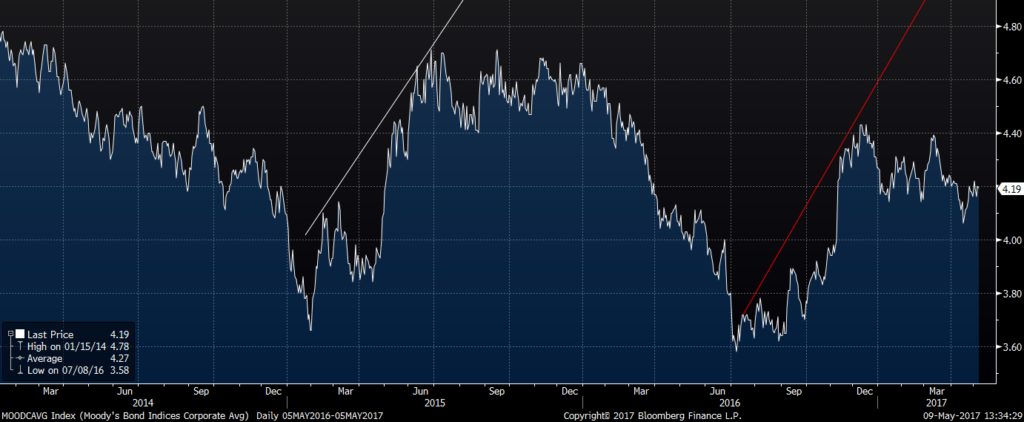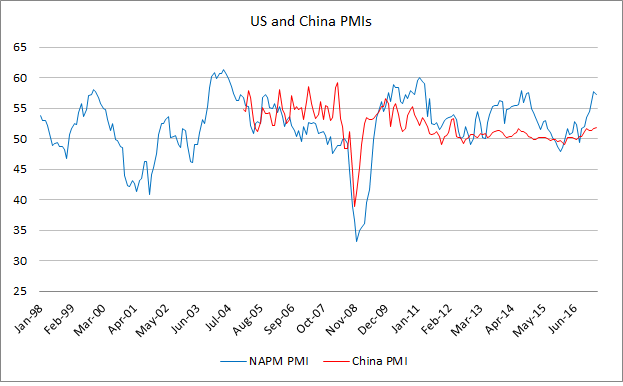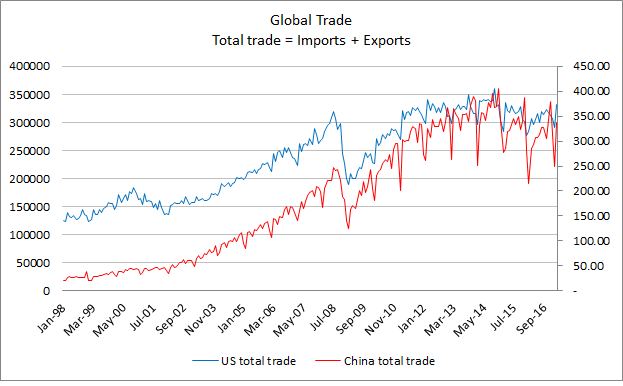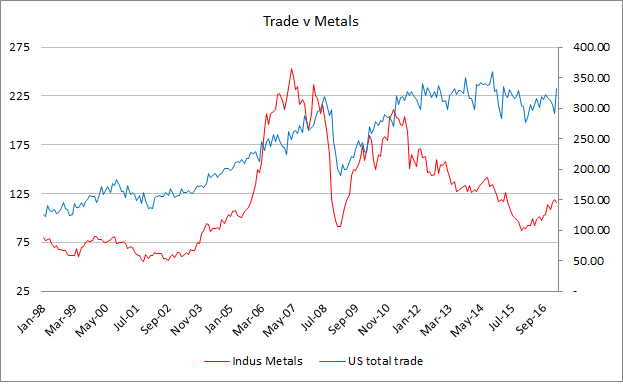OPEC Is Managing The Oil Market Poorly. Oil Prices Likely To Rise.
OPEC is doing a terrible job of managing the oil price. The oil price prognosis depends on the time frame. In the very long run, oil will no longer be a viable fuel for a planet facing global warming. In the very long run, demand will disappear as cleaner, more sustainable sources of energy are found. In the long term, as opposed to the very long term, oil prices can be expected to rise. Why? Demand is fairly stationary but supply is constrained and current prices are too cheap. As a result, there is insufficient investment in capacity and long term extraction costs will rise as cheap and short cycle oil is increasingly depleted. Now for the short term. OPEC and in particular Saudi Arabia wants a higher oil price, mainly so they can flog a piece of Aramco and put a price on it. Last November, OPEC announced production cuts which caused a bounce in the oil price, a bounce sufficiently high that US shale producers were able to sell forward their production to service debt to invest in more short cycle production capacity. While US shale is about 5% of global production, the market has chosen to focus on it, following rig counts and crude, gasoline and distillate inventory changes, mostly discounting good news and sagging on bad news. OPEC meets May 25 and is expected to announce an extension of production cuts. This may support the oil price in the short term. However, feed the market what it wants and it will demand more. More cuts will be sought, more rhetoric, more assurances, more action, just to keep the oil price where it is. Any sign of hesitation and oil prices could well sell off.
This is not about production or commercial strategy, this is public relations. And OPEC is making a right mess of it. If OPEC wants to support the market and bring it into balance long enough to flog Aramco, the most logical thing to do is the following.
1. Call a closed door meeting to cut production but do not announce a production cut. Discuss technical issues and issue no signal to the market as to production plans.
2. In the OPEC report, inflate production numbers so that a gap is created between reported production and production estimated from other sources.
3. Deny that capacity has been reached and that there is a shortage of oil. It doesn’t matter if no one is alleging that OPEC is near capacity, just deny it.
Commodity markets are like any other market. They will assume the worst, that Saudi Arabia and OPEC are at capacity and unable to supply global oil demand. Within 6 months, oil will be 100 USD. By then, the long term demand and supply situation, the underlying fundamentals, will support the temporary fiction that there is a shortage of oil.




